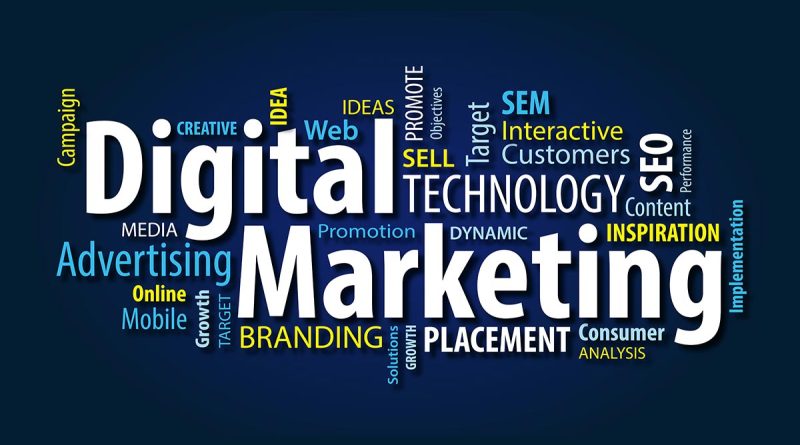The Basics of Digital Marketing
Digital marketing is an expansive field that encompasses email, content marketing, search platforms, social media networks and beyond to attract customers.
Success in digital marketing begins by clearly understanding your objectives, then crafting a strategy to meet them. Furthermore, digital media gives you more data about your customers and their purchase behavior – this insight could prove crucial for long-term growth of your business.
Search engine marketing
Search engine marketing (SEM) is the practice of optimizing your website to achieve high rankings on SERPs (search engine results pages). This involves both on-page and off-page optimization strategies.
The objective is to increase traffic to your website by appearing on the first page of a SERP. This can be an effective strategy for generating qualified leads and expanding your business.
SEM includes paid advertising, link building and keyword research. It has become a widely-used method to generate leads for businesses and websites of any size.
SEM campaigns typically involve bidding on keywords relevant to their product or service in an ad auction. Furthermore, marketers can monitor the performance of their ads with analytics tools; this data helps them determine which words work best and make necessary adjustments as needed.
Social media marketing
Social Media Marketing (SMM) is the practice of using social media platforms to advertise a business’ products or services. This allows companies to cultivate an engaged community on their site that shares content and interacts with the brand.
Companies can utilize customer feedback to build personal connections and foster trust with their audience. This facilitates the development of one-on-one relationships with customers, enhances service quality and fosters brand trust.
Organizations use SMM to promote their brands, drive website traffic and generate leads. It’s an economical tool that can increase sales when used effectively, making it a key element of any marketing team’s overall strategy.
The social media landscape is constantly shifting, so organizations should be prepared to adjust their digital marketing strategy accordingly. New platforms are often more efficient than established ones and present marketers with a chance to reach new audiences.
Email marketing
Email marketing is one of the most efficient and affordable methods for marketing your business. It helps you stay in touch with customers and website visitors, promote new products or sales, and boost customer engagement.
Personalizing messages for subscribers allows you to stay in touch and keep them informed of important updates. Sending emails that are pertinent to the recipient’s interests can boost open rates and conversion rates.
Email services that cater to mobile users should provide templates that adjust according to the device being viewed on, such as smartphones and tablets. Doing this ensures the text and buttons remain at a usable size for subscribers.
Email campaigns can support other digital marketing activities, such as social media and content marketing. They could be sent in conjunction with promotions or events and include a call-to-action (CTA).
Content marketing
Content marketing is the practice of creating and disseminating useful material to engage a targeted audience. Businesses use content marketing to increase brand awareness and foster customer loyalty, making it an effective strategy for turning prospects into buyers.
Companies that consistently create and distribute high-quality, useful content build trust with their audiences and position themselves as experts in their industry. This can result in more sales and increased brand loyalty – two key objectives of digital marketing.
Establishing a content strategy helps you decide the types and frequency of content production, as well as how often and across which channels it should be distributed. It can also aid in tracking progress; tools like Content Audit or Post Tracking allow for this – enabling adjustments and improvements that lead to higher ROIs. You can measure content performance through various means such as website traffic, conversions and social shares.

